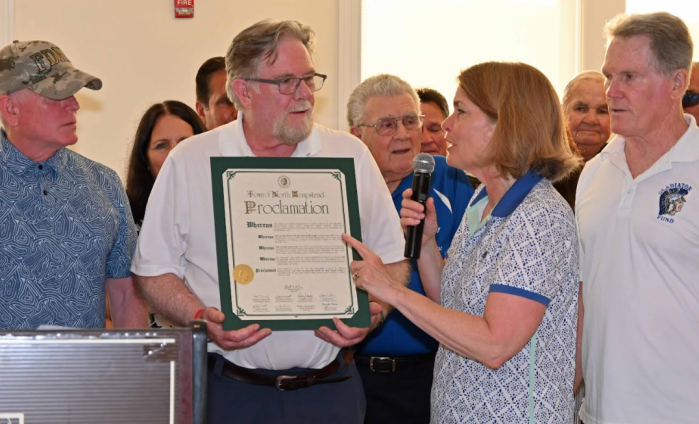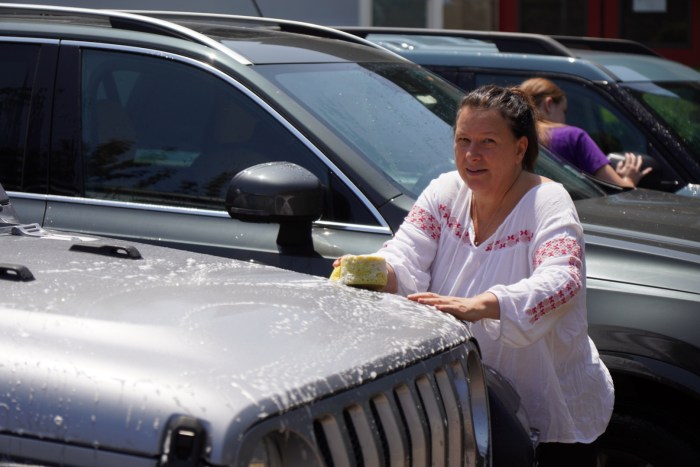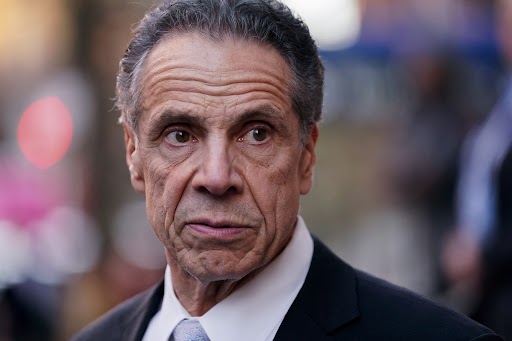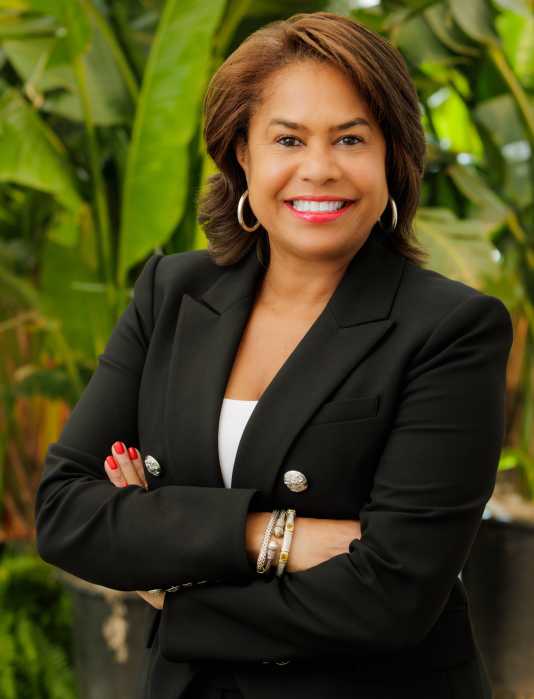 Deciding to make a charitable contribution can arise from a desire to help others, a passionate commitment to a cause or the aim to give back to a group that once helped you or a loved one. Choosing which organizations you want to support can be difficult. There are more than a million public charities in the United States,
Deciding to make a charitable contribution can arise from a desire to help others, a passionate commitment to a cause or the aim to give back to a group that once helped you or a loved one. Choosing which organizations you want to support can be difficult. There are more than a million public charities in the United States,
according to the National Center for Charitable Statistics, and every dollar you give to Charity A is a dollar you might not be able to match for Charity B.
Whether it’s a friend’s charity run or supporting an animal rescue, often the decision to give comes down to a mix of internal and external factors. You have to determine which causes are most important to you, and with outside help you can compare how effective various charities are at using their funding.
Many nonprofits do incredible work, but it’s always smart to verify their claims. You can start your due diligence by double checking an organization’s tax-exempt status using the Internal Revenue Service’s (IRS) Exempt Organizations Select Check Tool. Once you verify its nonprofit status, you want to make sure it’s well run and makes a significant impact. There are several nonprofits that evaluate and rate charities. You can find their guidance online and use it to compare charities and inform your gifting.
Sometimes a specific event rather than a general cause can spur you into action. When this happens, if you want to be sure that your money goes to support that particular cause you might want to narrow your search to charities that let you specify how your donation will be used. Otherwise, your money might not directly support those affected by the crisis.
Donating to a nonprofit with effective programs and processes is the way to go if you’re trying to help as many people as possible, but you can also make contributions to individuals or families through a crowd-funding website. There’s something special about knowing exactly who and how you’re helping, and they’ll appreciate the aid from a stranger. Similarly, you can help entrepreneurs by making a microfinance loan through a nonprofit, such as Kiva. You can relend the money you’re paid back to continue supporting small businesses.
If you’re looking for ways to increase your contribution, ask your employer if it has a matching program. Some companies will double, or even triple, your gift to select nonprofits. If your company doesn’t offer such a program, you could speak to your human resources department or boss about establishing one.
Third-parties also fund matching campaigns for charities. You can ask a charity if there’s a campaign running and make sure your donation qualifies. Unless there’s a pressing reason to make a donation today, you may want to put your money aside and wait until a matching campaign starts.
You might be able to increase your financial impact without outside help if you can claim a tax deduction for your donation. Calculate your tax savings each year and put the money back into your charity fund. Donation-related deductions can sometimes be confusing, and you may want to check with a tax professional or look online for tips from the IRS.
Your charitable gift could be the start of a legacy of giving among your family. By making donations a regular event during your children’s formative years, you’re establishing charitable giving as a family value that they can take into their adult lives. To engage children, make a donation to support a child’s favorite cause and show them how the money makes a difference. For example, you could follow up a donation to a nonprofit animal rescue with a visit to the shelter to see how the money helps the staff take care of the animals.
Bottom line: Making a donation is one way to support a cause you believe in and ensure your gift has a meaningful impact. You can do this by having money available when it’s needed, donating to worthwhile charities, looking for ways to increase your financial impact and passing on a legacy of giving.
Nathaniel Sillin directs Visa’s financial education programs.
































